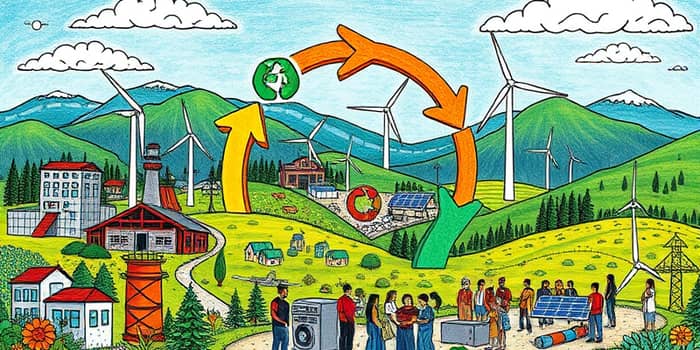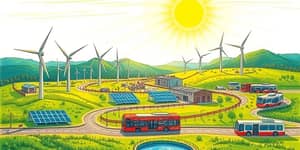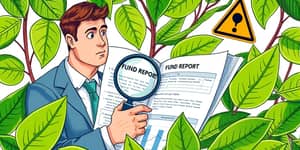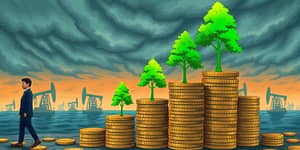
As the world confronts finite resources and mounting environmental pressures, assessing corporate commitments to circular strategies has never been more critical. Companies that adopt circular economy principles can minimize waste, reduce carbon footprints, and generate new value streams.
Evaluating these efforts requires a structured approach that examines strategies, operations, metrics, and real-world impact. This article offers a comprehensive guide for assessing circular performance, drawing on foundational definitions, key indicators, evaluation frameworks, and inspiring case studies.
The circular economy reimagines traditional business models by ensuring materials never become waste and nature is regenerated. Instead of a linear “take-make-waste” pattern, circular systems emphasize maintenance, reuse, refurbishment, remanufacture, recycling, and composting.
Three core principles underpin this model:
By pursuing these goals, businesses aim to decouple economic growth from the consumption of finite resources, tackling challenges such as climate change, biodiversity loss, and pollution.
Circular economy practices manifest in diverse business models that span the lifecycle of products. Understanding these typologies helps evaluators identify a company’s strategic alignment with circular goals.
Classic circular models include product-life extension, resource recovery, and the use of circular inputs—renewable, compostable, or recycled materials that replace virgin feedstocks.
Quantitative metrics are essential to evaluate progress and compare performance across companies and industries. Key performance indicators (KPIs) shed light on resource efficiency, waste reduction, and revenue from circular activities.
Industry benchmarks highlight that less than 10% of global economic activity was truly circular in 2022/23, despite a four-fold increase in ecolabel certifications within the EU and 32% of SMEs offering green products or services.
A systematic assessment probes strategic intent, operational execution, and transparency. These six steps form a robust evaluation approach:
Evaluators should analyze sustainability reports, ESG ratings, ecolabel certifications, and disclosures mandated by emerging standards such as the EU’s Corporate Sustainability Reporting Directive (CSRD).
Despite clear benefits, circular models face barriers: niche market penetration remains low, reporting is often inconsistent, and secondary material markets are underdeveloped. Regulatory uncertainty can deter investment, while entrenched linear practices require cultural shifts.
Successful scaling demands collaboration across sectors, from suppliers to customers, and sustained innovation in design, logistics, and business model experimentation. Consumer engagement is vital to drive demand for circular offerings and foster behavior change.
Renault’s “Refactory” initiative exemplifies large-scale automotive refurbishment, turning used vehicles into like-new assets through a networked remanufacturing process. This approach demonstrates how resource productivity per output unit can dramatically improve when reuse and repair are prioritized.
In the EU, circular sectors employ over 4.3 million people, and ecolabel certifications have surged, reflecting rising business and consumer interest. Product-as-a-service models, once niche, are gaining traction in electronics, textiles, and industrial equipment.
Investors increasingly demand robust circular performance metrics as part of ESG evaluations, pushing large corporations to adopt third-party validated or certified metrics and disclose detailed progress. Emerging digital tools, such as material passports and blockchain tracking, promise to close data gaps and enhance transparency.
By applying the frameworks above, evaluators can distinguish leaders who drive genuine circular transformation from those engaging in superficial practices. Ultimately, assessing and rewarding deep, scalable circular strategies accelerates the transition to a resilient, regenerative global economy.
References













